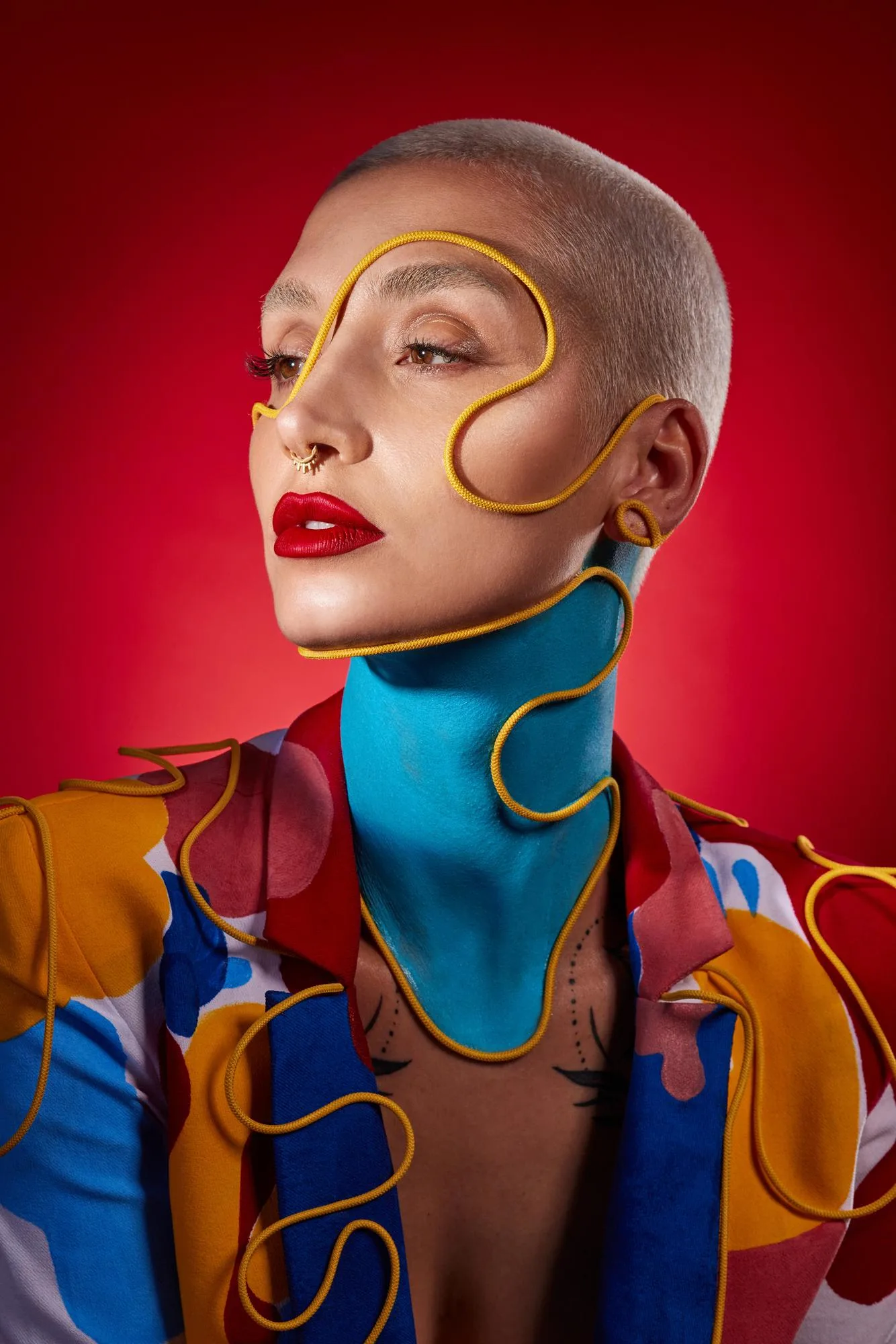Fashion is a constantly evolving industry that has undergone significant changes over the years. From the intricate designs of the 19th century to the relaxed, athleisure styles of today, fashion trends have been influenced by cultural, social, and economic factors that have evolved. The evolution of fashion trends has not only shaped the industry, but also reflects the changing attitudes and values of society. Understanding the evolution of fashion trends is crucial to understanding the fashion industry as it stands today. In this article, we will explore the significant changes that have taken place in fashion trends over the years and how they have impacted the industry.
The Early 19th Century – Fashion in the Industrial Revolution
The early 19th century marked a time of significant changes in the fashion industry, particularly with the onset of the Industrial Revolution. Mass production of textiles and clothing led to the availability of affordable clothing for the masses, which changed the fashion landscape significantly. This era was marked by a distinct divide between the wealthy and the working classes, with fashion heavily influenced by the former.
During the early 19th century, fashion was characterized by intricate designs, long dresses, and tight corsets for women. The upper class and royalty heavily influenced these trends, with clothing often featuring ornate details and high-quality fabrics. Men’s fashion was characterized by the frock coat, typically worn with top hats and cravats. The goal of fashion during this era was to appear formal and sophisticated, emphasizing one’s social status and wealth.
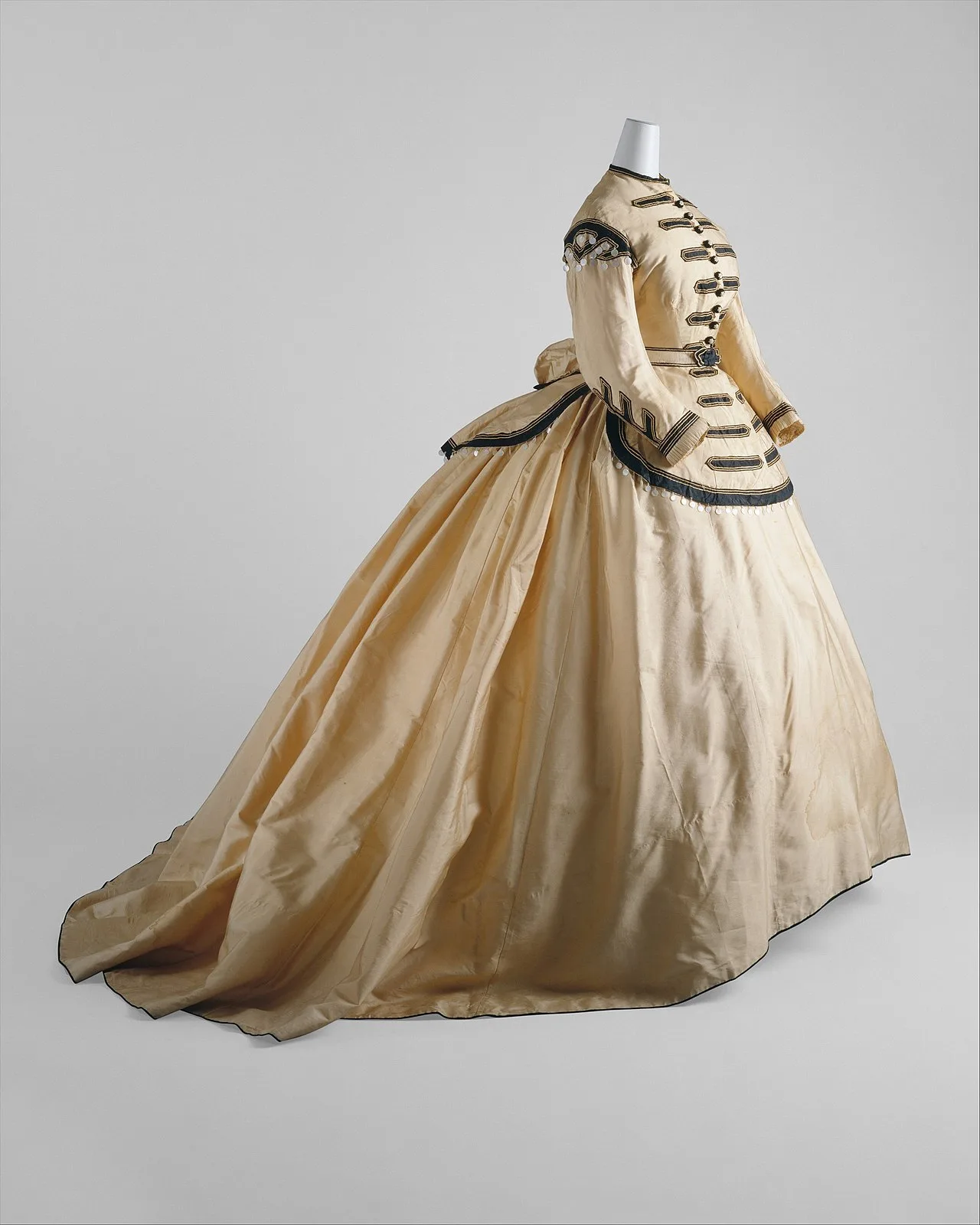

The Industrial Revolution had a significant impact on fashion during this era. Mass production of textiles and clothing allowed for the availability of affordable clothing for the masses. However, the styles and designs of clothing remained heavily influenced by the upper class and royalty. The gap between the wealthy and the working classes remained significant, and fashion continued to be a marker of social status. Despite this, the early 19th century set the stage for significant changes in fashion trends that would continue to evolve over the years.
The Late 19th Century – The Victorian Era
The late 19th century, commonly referred to as the Victorian Era, was marked by significant societal changes and advancements in fashion. During this time, fashion was characterized by a focus on modesty and formality, which led to the introduction of more structured and ornate women’s clothing. The use of new materials, such as synthetic dyes, resulted in more vibrant and colourful attire. The influence of the Victorian Era on fashion trends was far-reaching and continues to evolve today.
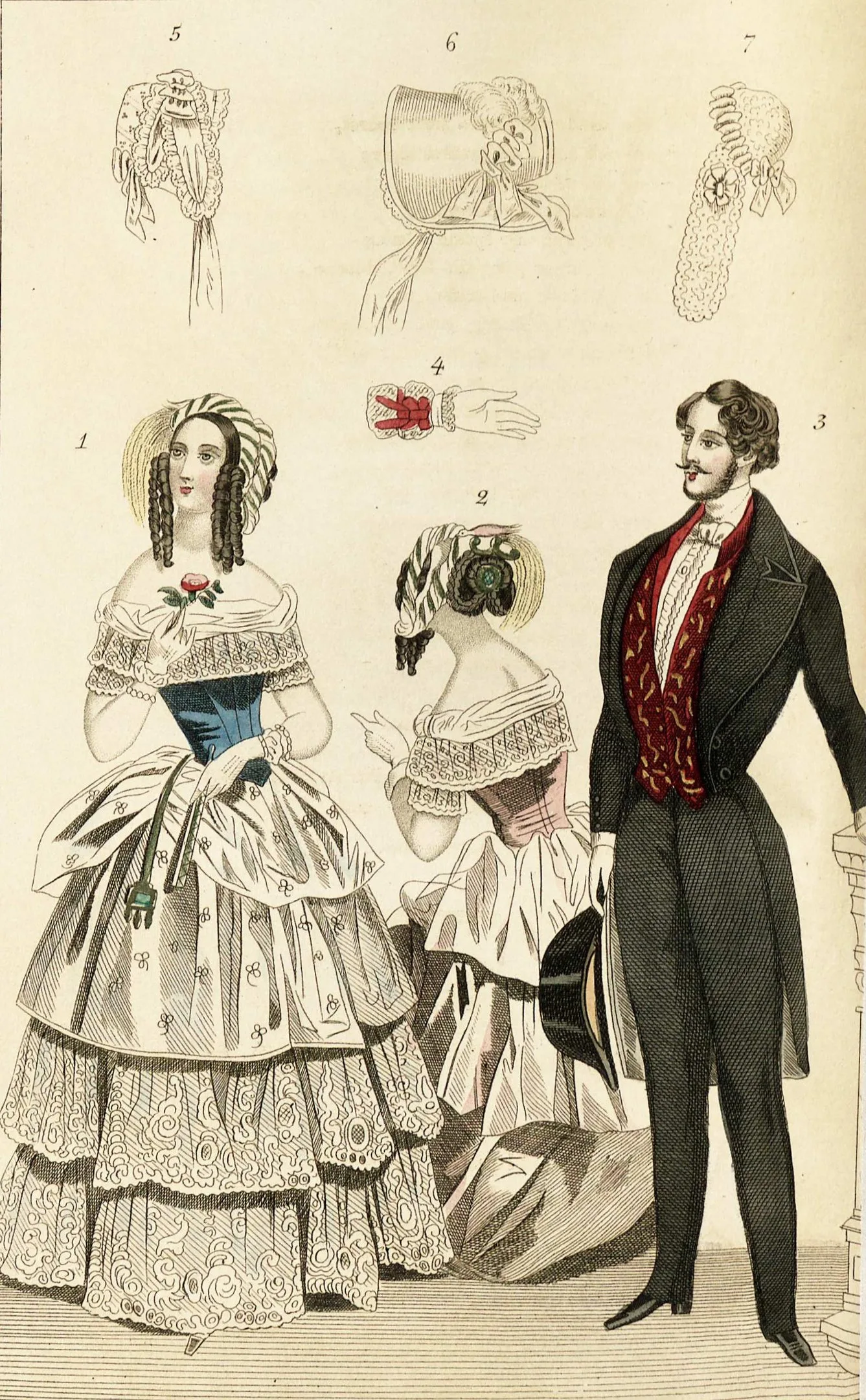
Women’s fashion during the Victorian Era was characterized by long dresses and ankle-length skirts, featuring high necklines and long sleeves. To create an hourglass shape, women wore corsets that emphasized the waist and bust. The use of multiple layers of fabric, petticoats, and crinolines produced a full, bell-shaped silhouette. The overall ornate aesthetic was achieved through embellishments such as lace, embroidery, and ribbons.
Men’s fashion during the Victorian Era was defined by the three-piece suit, with the double-breasted jacket gaining popularity. Suits were usually made from heavy fabrics like wool or tweed and were paired with high-collared shirts and neck ties. Popular accessories included pocket watches, walking sticks, and top hats. The Victorian Era played a pivotal role in fashion’s evolution, and many of its styles and designs continue to influence fashion today.
The Early 20th Century – Fashion in the Roaring Twenties
The early 20th century saw significant changes in fashion trends, driven by new cultural movements and technologies. The Roaring Twenties, also known as the Jazz Age, was a time of significant transformation in fashion, with the introduction of new clothing styles that challenged traditional norms. Women’s fashion underwent a significant transformation during this era, characterized by shorter hemlines, looser clothing, and shorter haircuts.
The introduction of new materials, such as rayon and nylon, led to the development of new clothing styles. The shift towards more relaxed and casual clothing was reflective of the cultural and social changes taking place during this era. The “flapper” look became popular, characterized by loose, shapeless dresses, shorter hemlines, and sleeveless designs. Accessories such as headbands, long necklaces, and cloche hats were also popular among women during this era.

Men’s fashion during the Roaring Twenties was characterized by the classic suit, with the double-breasted jacket becoming popular. Suits were typically made from lightweight fabrics such as linen or cotton, reflecting the more relaxed and casual approach to fashion. Accessories such as fedora hats, ties, and suspenders were also popular among men during this era. The Roaring Twenties set the stage for significant changes in fashion trends that would continue to evolve in the years to come, influencing fashion until now.
The Mid-20th Century – The Swinging Sixties
The mid-20th century was a time of significant cultural and social changes that had a profound impact on fashion trends. The 1950s saw a return to more conservative styles, with women’s fashion characterized by hourglass shapes, full skirts, and fitted bodices. However, the 1960s were a time of Cultural Revolution, with fashion reflecting this shift. The Swinging Sixties introduced a new wave of fashion trends that challenged traditional norms and celebrated individuality.
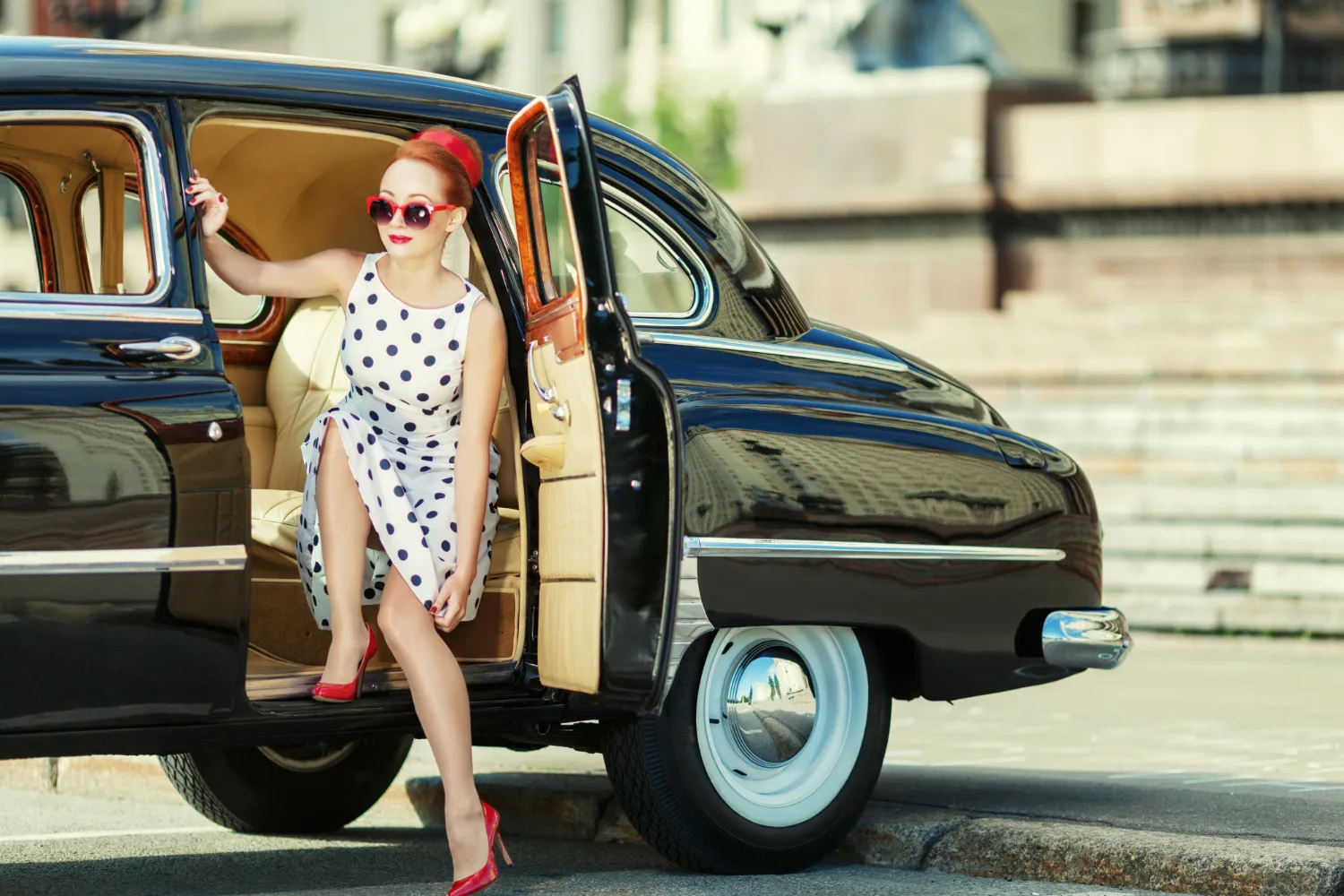
The mini-skirt became popular during the Swinging Sixties, reflecting a more daring and playful approach to fashion. Clothing became more colourful and daring, with psychedelic prints and bold patterns. The hippie movement introduced a more relaxed, Bohemian style, with flowing fabrics and ethnic-inspired prints. The Swinging Sixties also saw the emergence of new materials, such as PVC and vinyl, which were used to create futuristic, space-inspired clothing.
Men’s fashion during the Swinging Sixties was marked by the emergence of new styles and trends. The “mod” style became popular, with skinny ties, slim-fitting suits, and brightly colored shirts. Bell-bottom pants, paisley patterns, and platform shoes also became popular among men during this era. The Swinging Sixties set the stage for significant changes in fashion trends, and many of the styles and designs from this era continue to influence fashion today.
The Late 20th Century – The Pop Culture Era
The late 20th century saw the emergence of new fashion trends, driven by changing cultural and social values. The 1970s saw the emergence of disco culture, with fashion characterized by platform shoes, flared pants, and metallic fabrics. The disco era also saw a resurgence in the popularity of jumpsuits and leotards, which were worn by both men and women.
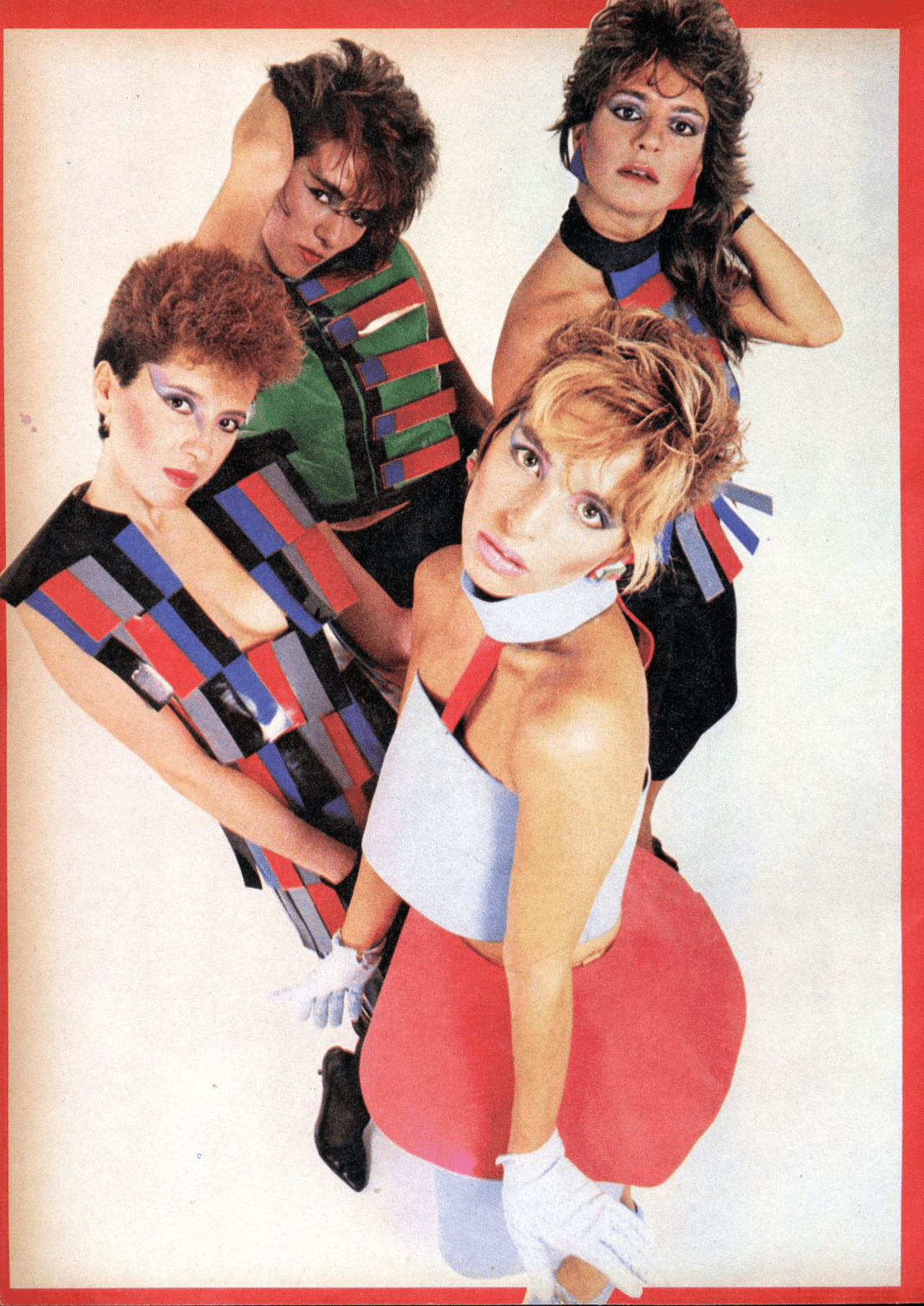
In the 1980s, fashion became more influenced by pop culture, with power dressing and peppy looks becoming popular. Women’s fashion during this era was characterized by shoulder pads, high-waisted pants, and colorful leggings. The punk movement also emerged during this time, characterized by ripped jeans, leather jackets, and studded accessories. Men’s fashion during this era was marked by the emergence of the “mod” style, with skinny ties, slim-fitting suits, and brightly colored shirts.
The late 20th century was marked by significant changes in fashion trends, driven by the emergence of new cultural movements and technologies. The influence of pop culture on fashion has become increasingly significant, with celebrities and musicians driving trends. The 1980s also saw the emergence of streetwear, characterized by comfortable and casual clothing that reflected the changing attitudes toward fashion. The late 20th century set the stage for significant changes in fashion trends that would continue to evolve in the years to come, influencing fashion until now.
The 21st Century – The Age of Digital Fashion
The 21st century has seen significant changes in fashion trends, driven by new technologies and cultural movements. Social media has become a significant force in the fashion industry, with influencers and celebrities driving trends. The emergence of e-commerce has also had a significant impact on fashion, allowing for greater accessibility to clothing and enabling consumers to shop from anywhere in the world.
Sustainability has become an increasingly important factor in fashion, with consumers becoming more conscious of the environmental impact of their clothing choices. Many brands have started to incorporate sustainable practices into their production processes, such as using recycled materials or reducing waste. The rise of fast fashion has also led to a push for more ethical and sustainable practices in the industry.
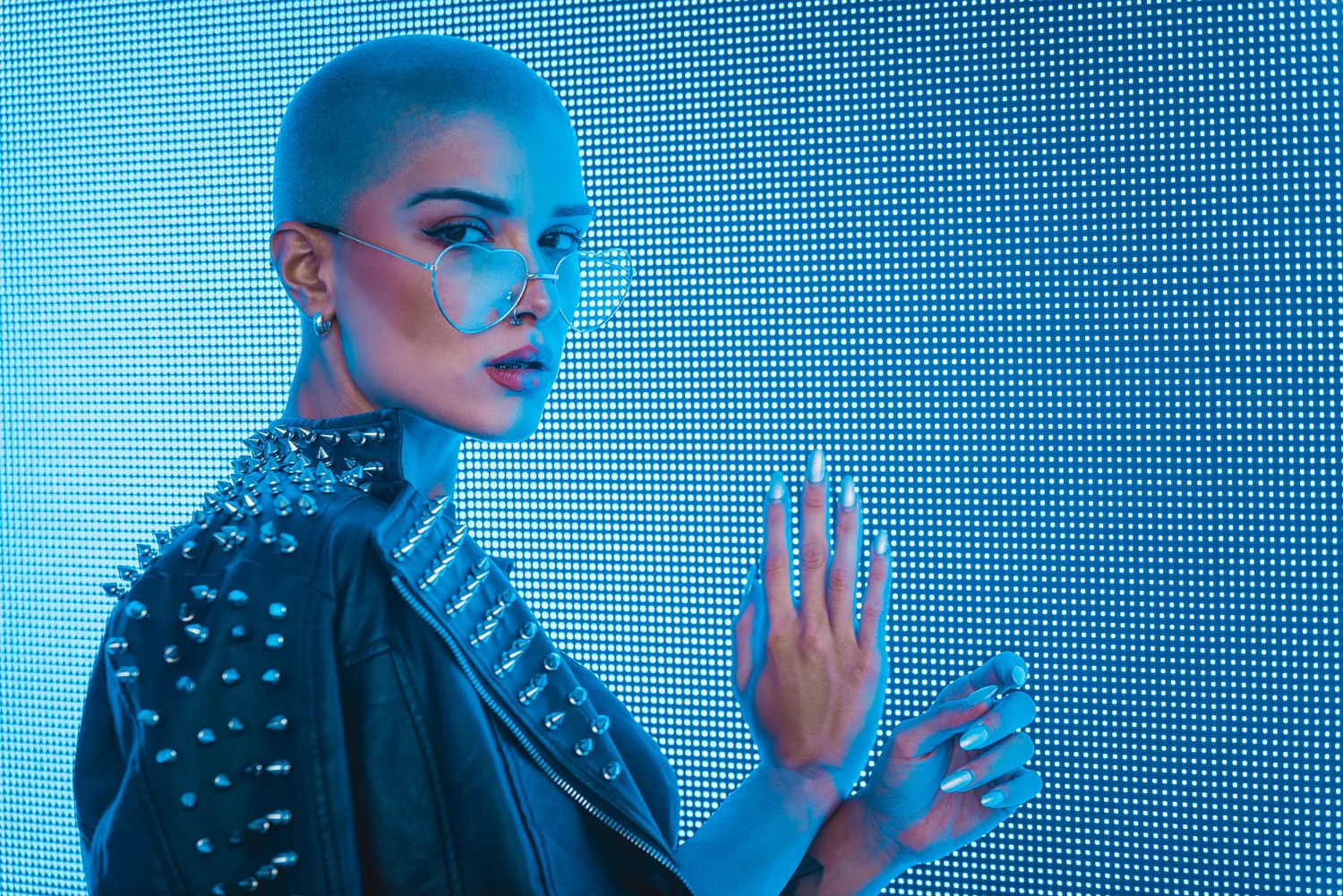
Athleisure and streetwear have become increasingly popular in the 21st century, with comfortable and casual clothing becoming the norm. The rise of fitness culture and the emphasis on health and wellness has also influenced fashion trends, with activewear becoming a significant part of many people’s wardrobes. The 21st century has seen the emergence of new digital technologies, such as augmented reality and virtual reality, which are being used to create new and innovative fashion experiences. The age of digital fashion has only just begun, and it will be exciting to see how technology continues to shape the industry in the years to come.
In conclusion, the evolution of fashion trends has played a significant role in shaping the fashion industry as we know it today. From the intricate designs of the 19th century to the relaxed, athleisure styles of the 21st century, fashion has been heavily influenced by cultural, social, and economic factors that have evolved. The fashion industry has always been a reflection of the changing attitudes and values of society, and understanding the evolution of fashion trends is crucial to understanding the industry as it stands today.
Throughout history, fashion has been a marker of social status and identity, with different styles and designs representing different cultural movements and values. The Industrial Revolution led to the mass production of clothing, making it more affordable and accessible to the masses. The rise of pop culture and digital technologies in the 21st century has revolutionized the industry, driving trends and creating new and innovative fashion experiences.
The evolution of fashion trends has not only influenced the industry, but also reflects the changing attitudes and values of society. As we move forward, it will be exciting to see how fashion continues to evolve and adapt to new technologies and cultural movements, while still retaining its roots in history and tradition. The fashion industry will continue to play a significant role in shaping culture and identity, and it will be fascinating to see where it goes next.
